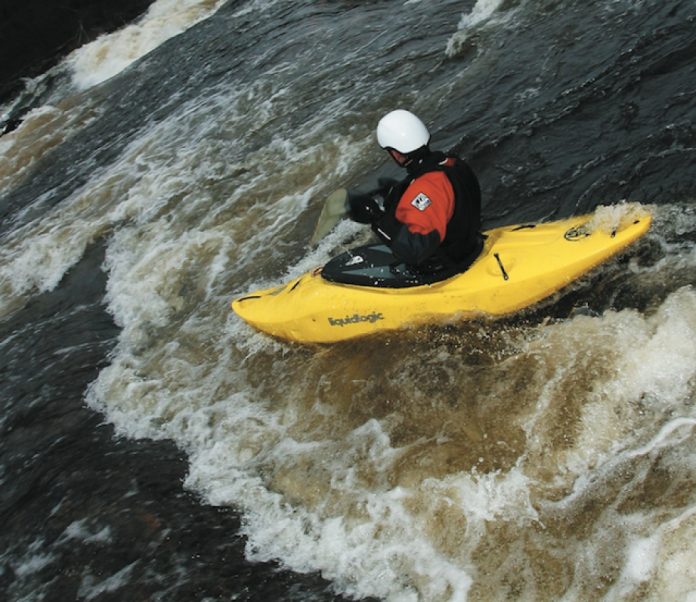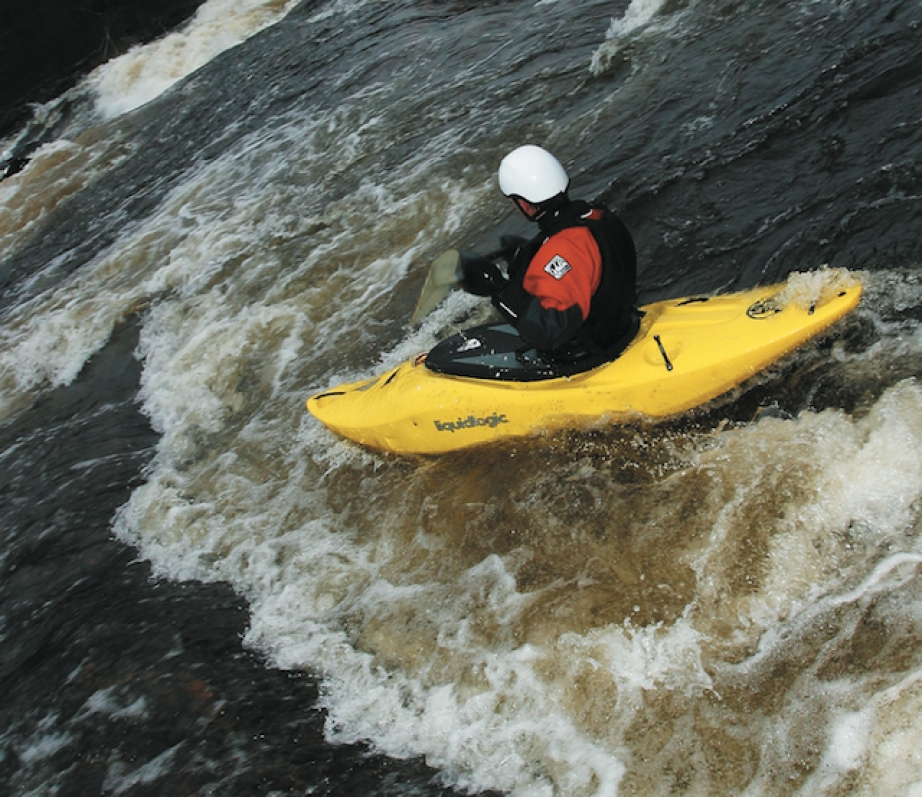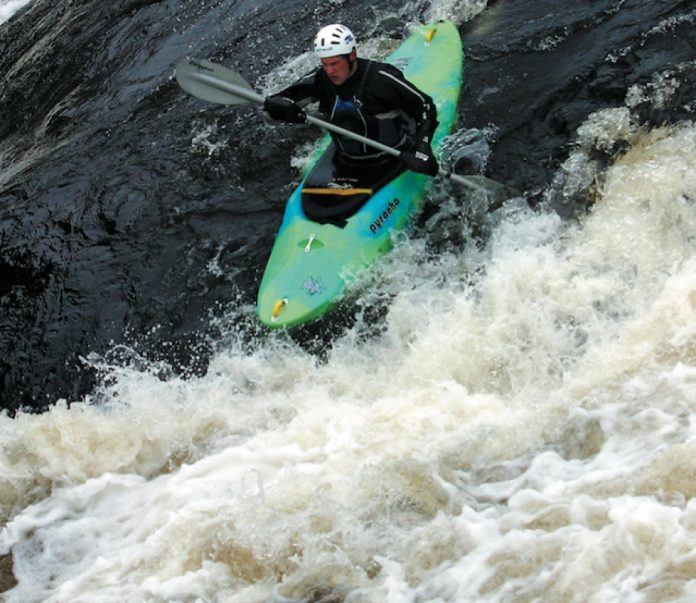For the first two weeks Tanya and I could only remember the first verse of Jimmy Buffett’s Parrot Head national anthem. We’d left the Port Arthur marina in Thunder Bay the day after the ice broke. It wasn’t until May 26 that spring—an exceptionally cold winter had Superior com- pletely frozen over. Our morning routine was to boil water for hot cereal and thaw our frosty pogies in the steam. The first verse of Jimmy’s “Margaritaville” was enough to warm our spirits and pass the time for the first couple hundred miles of our three-and-half-month expedition.
Music has always been used to pass the time paddling. Canada was opened by the French voyageurs singing of whiskey and women while moving further west away from the comforts of both. While the Inuit kayaked they invented songs of the hunt, songs they’d write while away and then share like stories upon their return.
Like the Inuit and the voyageurs, we shared “Margaritaville,” a song a little about booze and a little about women, and as we did, it slowly became the soundtrack of our trip. Getting all the lyrics written down took on equal importance to reaching our final destination in Hamilton. What began as a way to lift our spirits became a quest, almost greater than the trip itself. Along the journey Jimmy Buffet introduced us to more good people than we ever could have imagined.
Over the course of 1,600 nautical miles we sang and smoked tobacco around campfires on cobble beaches with other kayakers, drank rummy blender drinks aboard the decks of moored sailboats and, thanks to Canadian Coast Guard Radio, had the final verse patched through via VHF radio. With the help of the great people with their own boats and their own destinations we put all the words together and could sing aloud all the way from “Nibblin’ on sponge cake…” to “That frozen concoction that helps me hang on.”
Five years after, “Margaritaville” was our wedding song. It still sparks spontaneous two-stepping around the kitchen floor and, like nothing else, takes us back to campfires on cobble beaches. It is four minutes and ten seconds of freedom and memories of the people you can meet travelling long distances by kayak…
Wasted away again in Margaritaville,
Searchin’ for my lost shaker of salt.
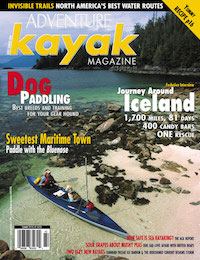 This article first appeared in the Summer 2004 issue of Adventure Kayak Magazine. For more great content, subscribe to Adventure Kayak’s print and digital editions here.
This article first appeared in the Summer 2004 issue of Adventure Kayak Magazine. For more great content, subscribe to Adventure Kayak’s print and digital editions here.



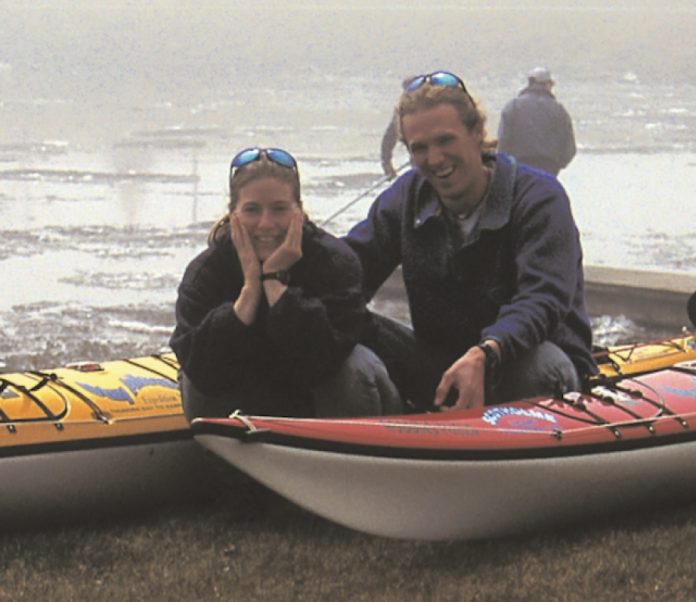
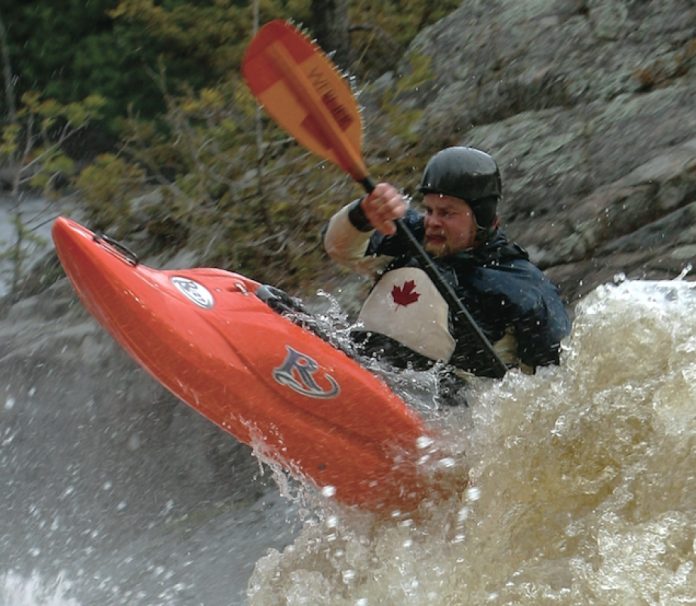
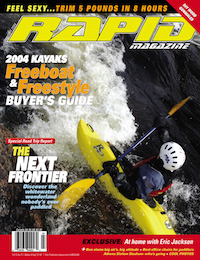 This article first appeared in the Summer 2004 issue of Rapid Magazine. For more great boat reviews, subscribe to Rapid’s print and digital editions
This article first appeared in the Summer 2004 issue of Rapid Magazine. For more great boat reviews, subscribe to Rapid’s print and digital editions 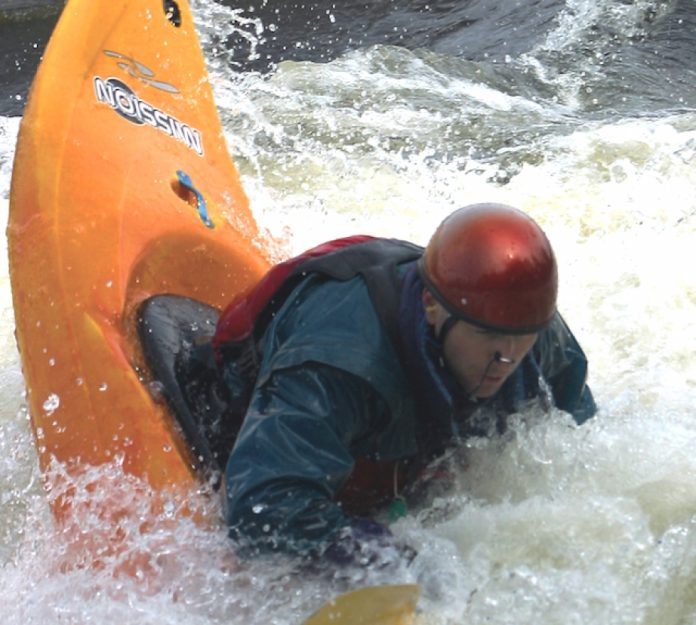
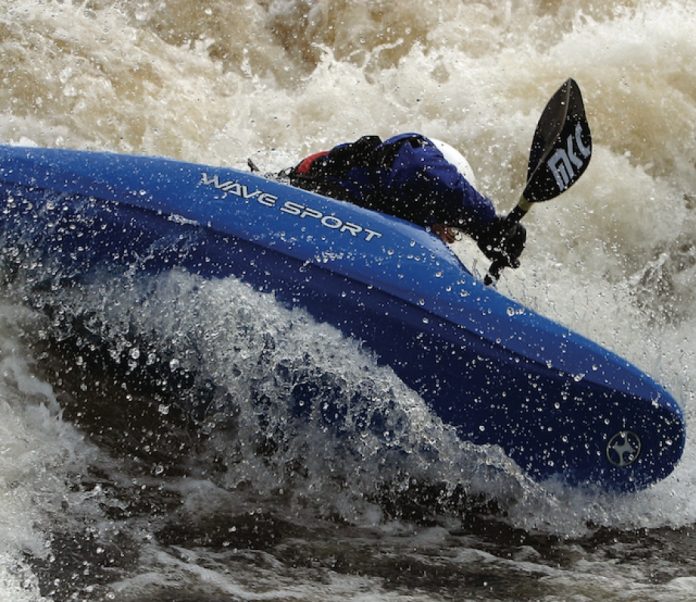
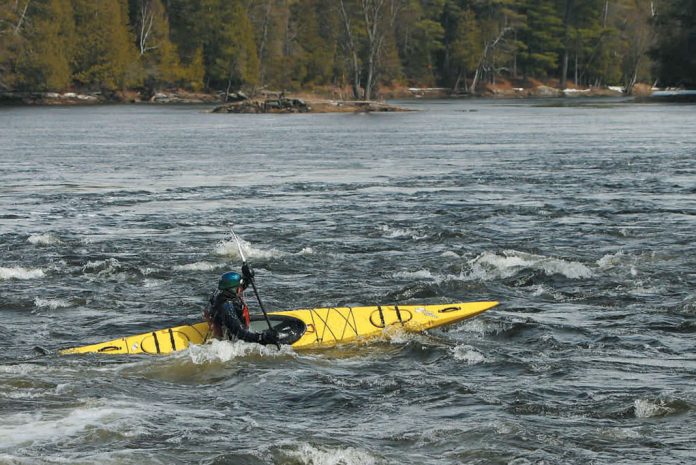
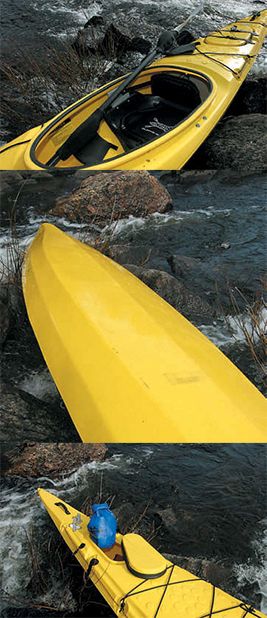

 This article first appeared in the Fall 2004 issue of Rapid Magazine.
This article first appeared in the Fall 2004 issue of Rapid Magazine.
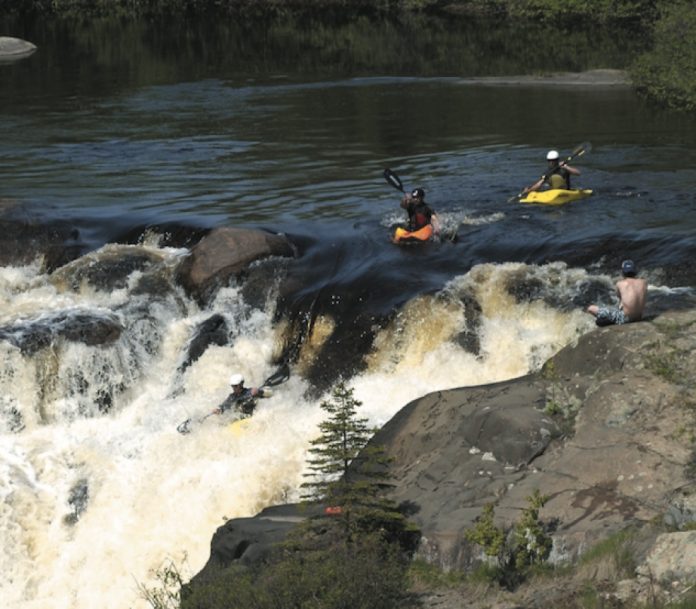
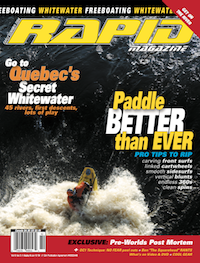 This article first appeared in the Early Summer 2004 issue of Rapid Magazine.
This article first appeared in the Early Summer 2004 issue of Rapid Magazine.